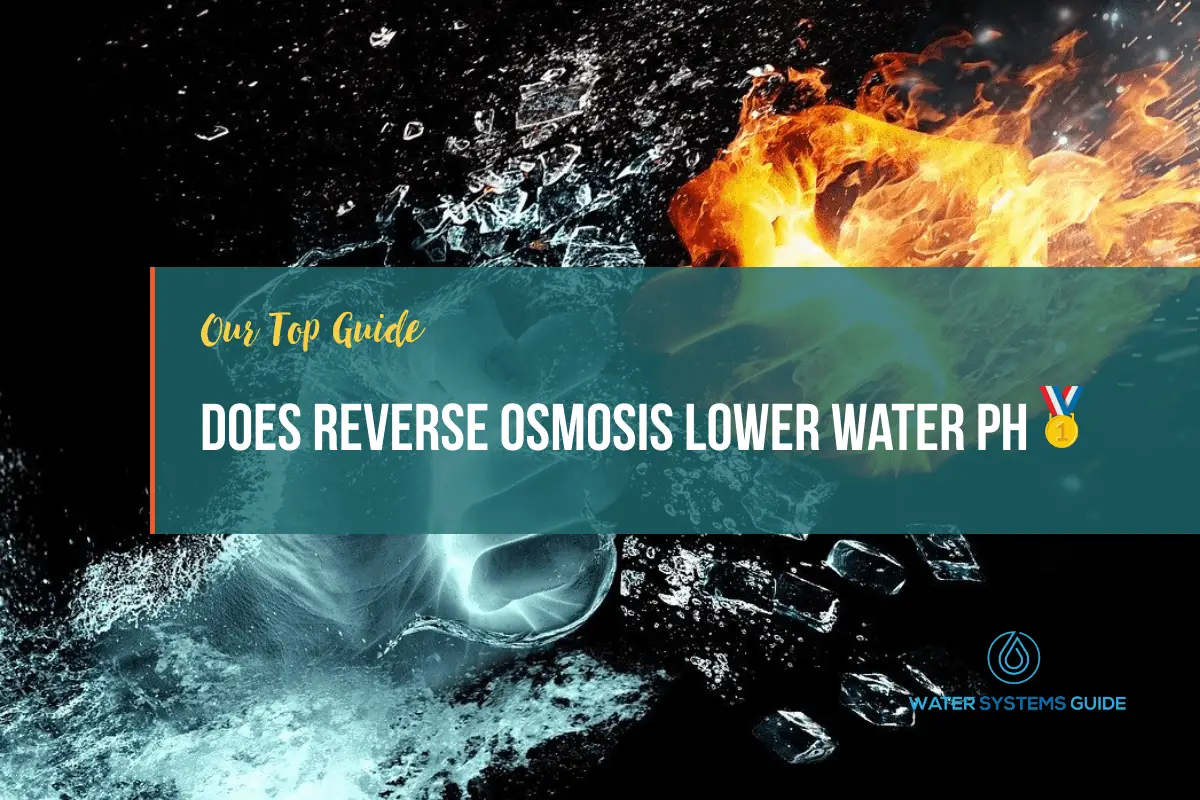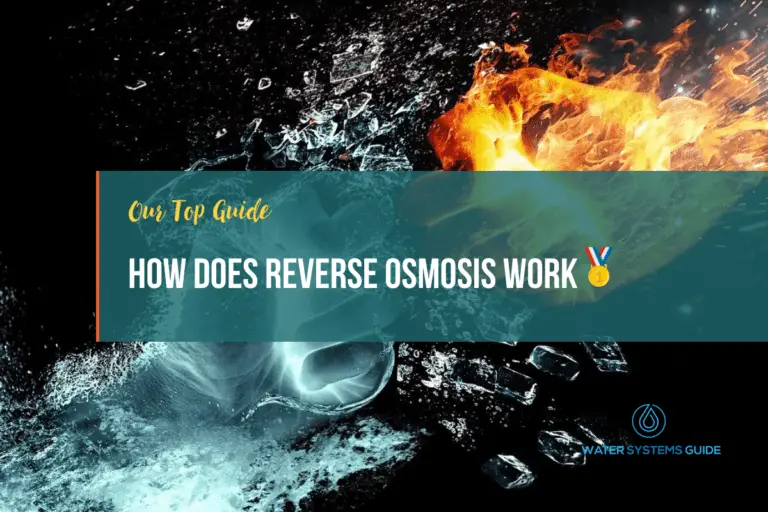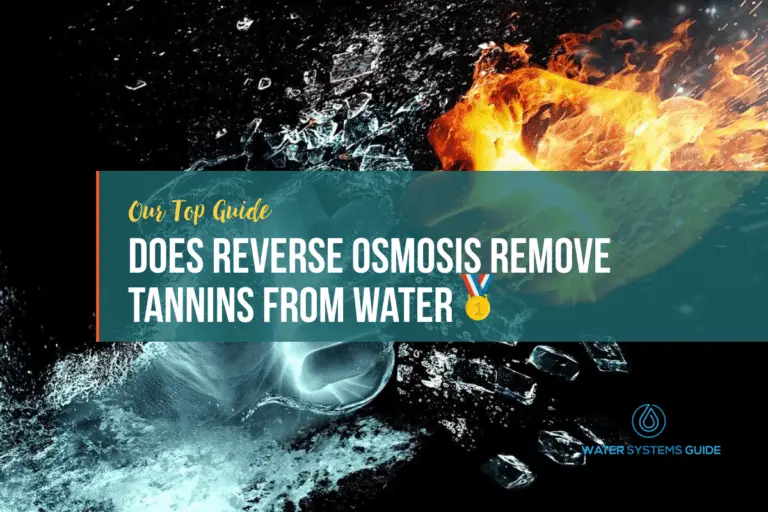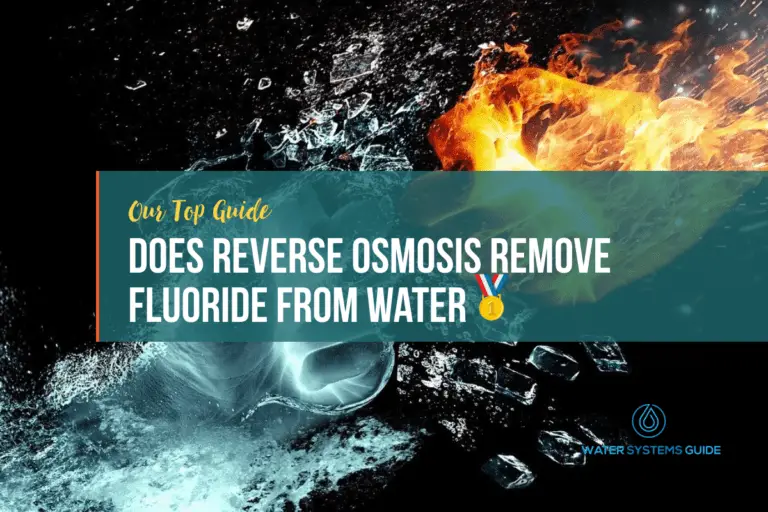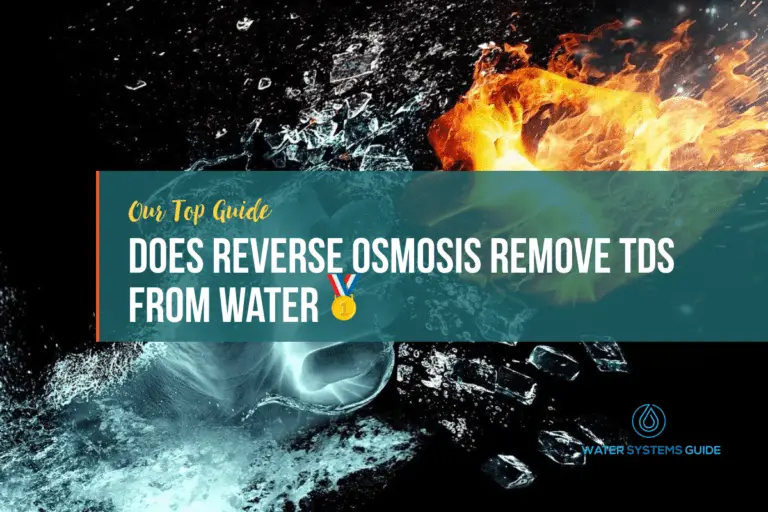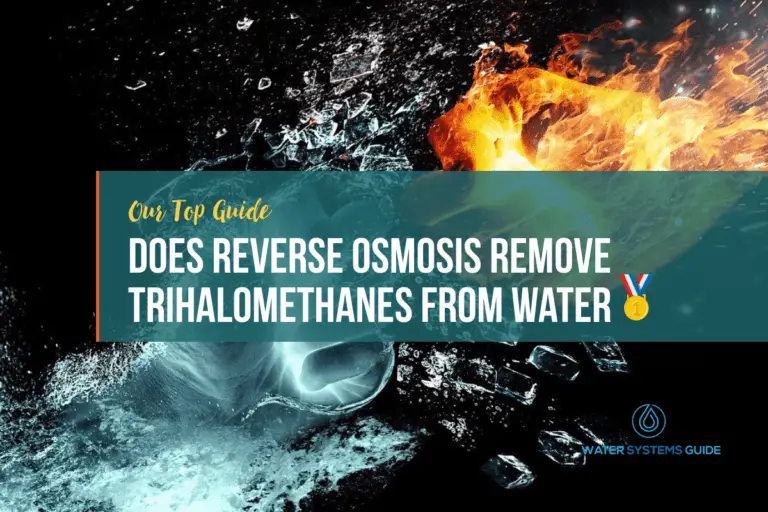Does Reverse Osmosis Lower Water pH?
In this article we’re going to be discussing whether the reverse osmosis process, in turn, affects water PH, and whether it actually does lower the pH level or not.
However, firstly we’re going to touch on what RO is and what exactly water pH is.
What is reverse osmosis?
Reverse osmosis is a filtration process that is used to remove impurities from water. The process works by passing water through a semi-permeable membrane. This membrane allows water to pass through, but not larger molecules such as salts or impurities. As a result, the water that passes through the membrane is purified.
What exactly is water pH?
Water PH is a measure of the acidity or basicity (alkalinity) of water. The range goes from 0 – 14, with 7 being neutral. pHs of less than 7 indicate acidity, whereas a pH of greater than 7 indicates a base (alkaline). pH is really a measure of the relative amount of free hydrogen and hydroxyl ions in the water.
What’s the natural pH of water?
The natural pH of water is around 7, which is neutral. Municipal companies try to This means that it is neither acidic nor basic. However, the pH of water can vary depending on its source and the surrounding environment. For example, rainwater has a slightly acidic pH due to the presence of carbon dioxide in the atmosphere.
What pH is safe for drinking water?
According to Healthline, the U.S. Environmental Protection Agency (EPA) is in charge of monitoring public drinking water quality across the United States.
pH isn’t a quality that falls under EPA regulation because it’s considered an aesthetic quality of water. However, the agency recommends that municipal drinking water suppliers keep their water supply at a pH of 6.5 to 8.5. Which isn’t too acidic or alkaline.
Does RO Affect Water PH
One common question about reverse osmosis is whether it affects the pH of the water.
One of the benefits of RO systems is that they can help to improve water quality, and water taste by reducing the levels of dissolved minerals and other contaminants. However, RO systems can also have an impact on water pH (RO water generally drops to around a pH of 5 – 6.5). This can be due to the removal of minerals that can act as buffers, such as calcium and magnesium. Additionally, the addition of acids during the RO process can also lower pH levels.
If you are concerned about the pH of your water, it is important to test it regularly. You may also want to consider installing an RO system that includes a remineralization filter. This type of filter can help to restore some of the minerals that are removed during the RO process, which can help to raise pH levels back to their original state.

